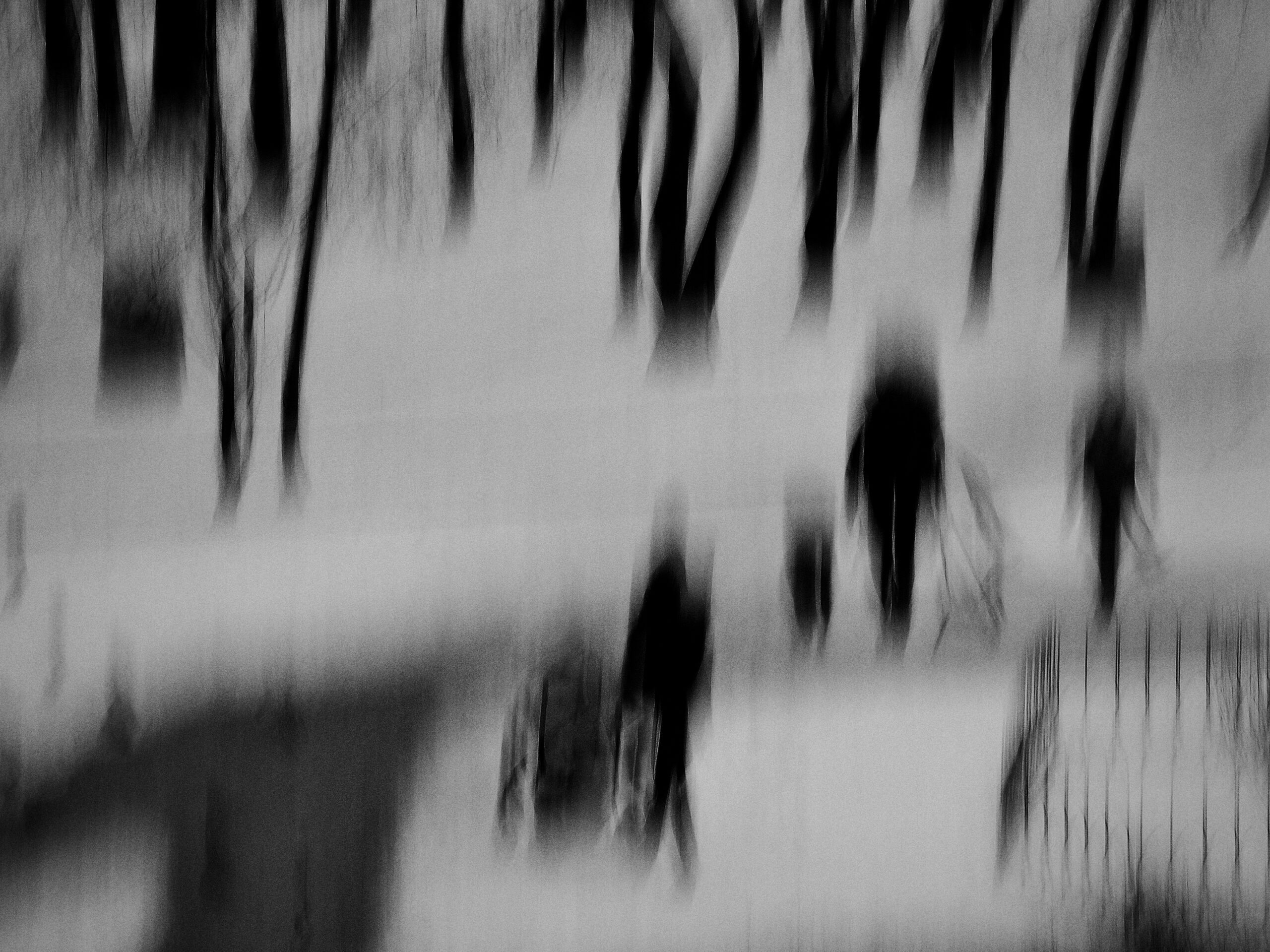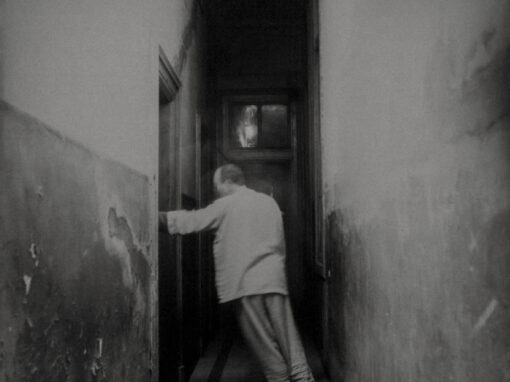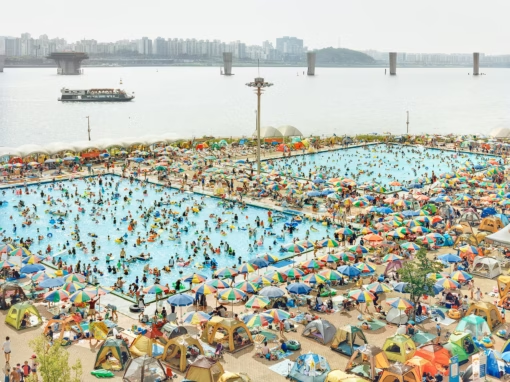For more than 50 years, I have been shooting pictures, from Royalty to Rock and Film Stars, portraits to reportage. From other shooters I’ve encountered a wide gamut of styles and techniques, and I pride myself on being able to interpret how a picture was taken.
I came across some work published on Facebook that foxed me. I loved it. So much so, I made contact with the photographer, flew to Poland, and met up with him to have a chat and learn his secret. I watched him work, and over my first taste of Polish cuisine, I got him to impart a little of his story.
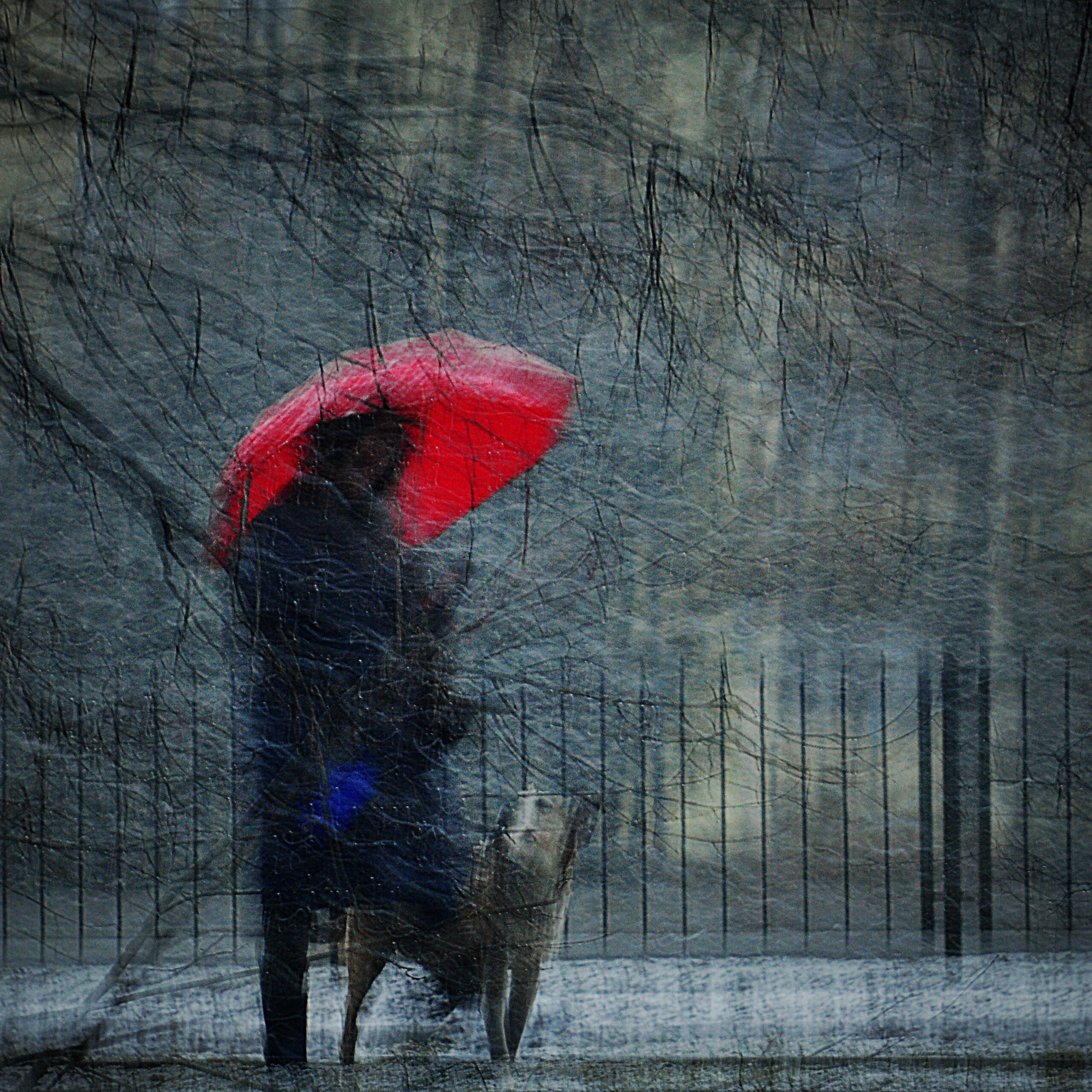
I started by asking Andrzej B. Gawrylczyk (Andrew) about his background and where and when he started taking pictures.
“I was born in 1956 here in Giżycko. It’s a small town of around 29,000 people in northeastern Poland. I left the family home and attended the Faculty of Law and Administration at the University of Warsaw from 1977 to 1980. Law was not going to be for me. After University, I remained in Warsaw and worked in Investment Finance, including becoming a Department Director in a bank where I helped establish a Government Energy Conservation Agency and a company to deal with financing Energy Efficiency, advising British companies. This all gave me a comfortable income. But I could not have gotten further away from art, let alone photography – photographing balance sheets is no fun.”
Andrew, after meeting and marrying his wife Hanna in 1977, returned to Giżycko with his young family in 2022. He continued:
“Photography is a serious hobby for me, but I was not content with just taking ordinary pictures, so I started experimenting with my camera. My father had a Moskva camera and took pictures of the family, so I was interested in the medium from an early age. In 1968, my parents gave me a Soviet era Zorki-4, which was all that was available then. I knew my way around the basics, but my early work was very amateurish. I used ORWA film, when we could get it, and I learnt to home-develop what I shot.”
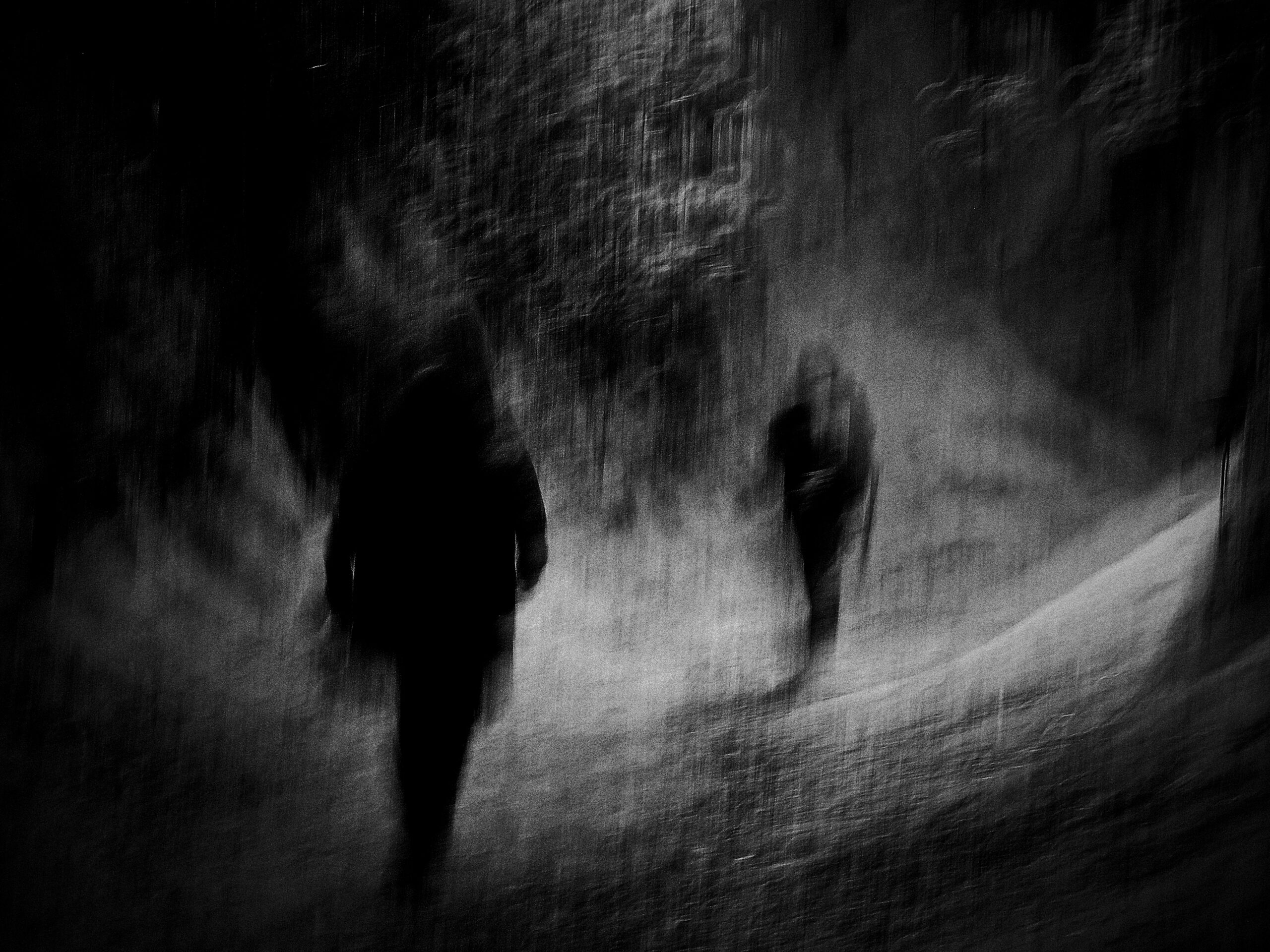
I asked him how things were under the Soviet influence of that era.
“ We lived far enough away from the political upheaval of those times, and I was not politically involved.”
Andrew moved into a new age in 2010 with the purchase of his first digital camera, a Nikon D90.
“That’s when my interest in what I do today was boosted in the right direction. First attempts at street photography included a lot of zooming to capture the movement, movement I had seen in impressionist paintings at the Musée d’Orsay in Paris, by the likes of Renoir, Monet, and Degas. That art set me thinking about using the camera to produce unique images. Although my early results were not satisfying and did not produce the movement I had seen in those paintings, I persevered. I had been influenced by what I wanted to achieve. Impressionism suits me perfectly, and today I term my work as ‘Static Motion’.”
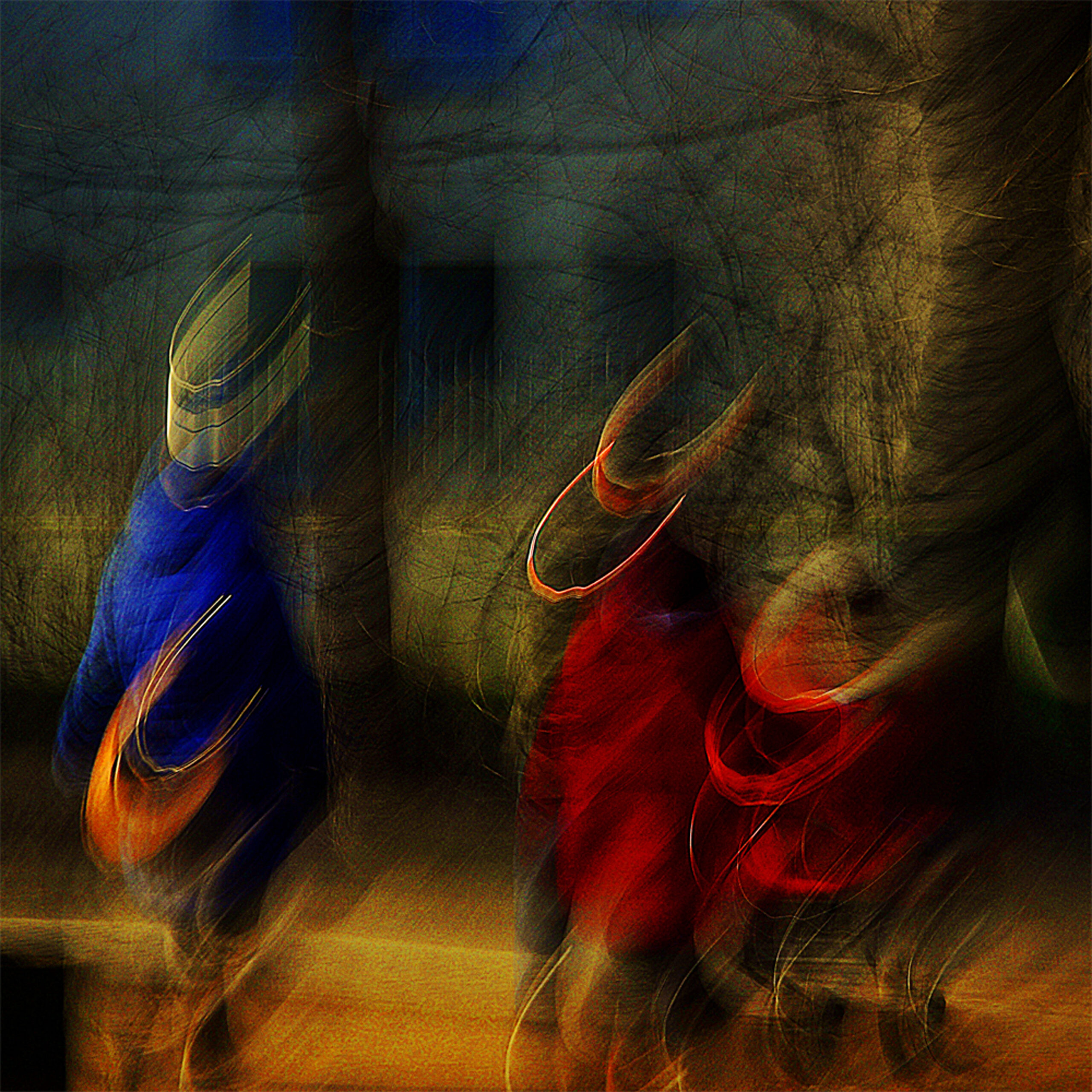
I asked Andrew about his current technique, where he hoped it would take him, and if he would turn professional.
“As I say, I started with a D90 and a couple of prime lenses that had limitations as to what I wanted to achieve, what I could see in my mind. Once I had added a short zoom, I was able to ‘move my subjects,’ but it got a bit boring after a while. Then I hit upon the method I use today. While taking the picture, I combine a zoom with the rotation of the camera body. Sometimes, just the rotation of the camera body is more than enough. The exposure is long enough, around 1/8th, to rotate the camera during exposure. I take many pictures, out of which pops something that I really like, and I hope others will also. Today I also use the D750 for reportage and multiple exposure photography.”

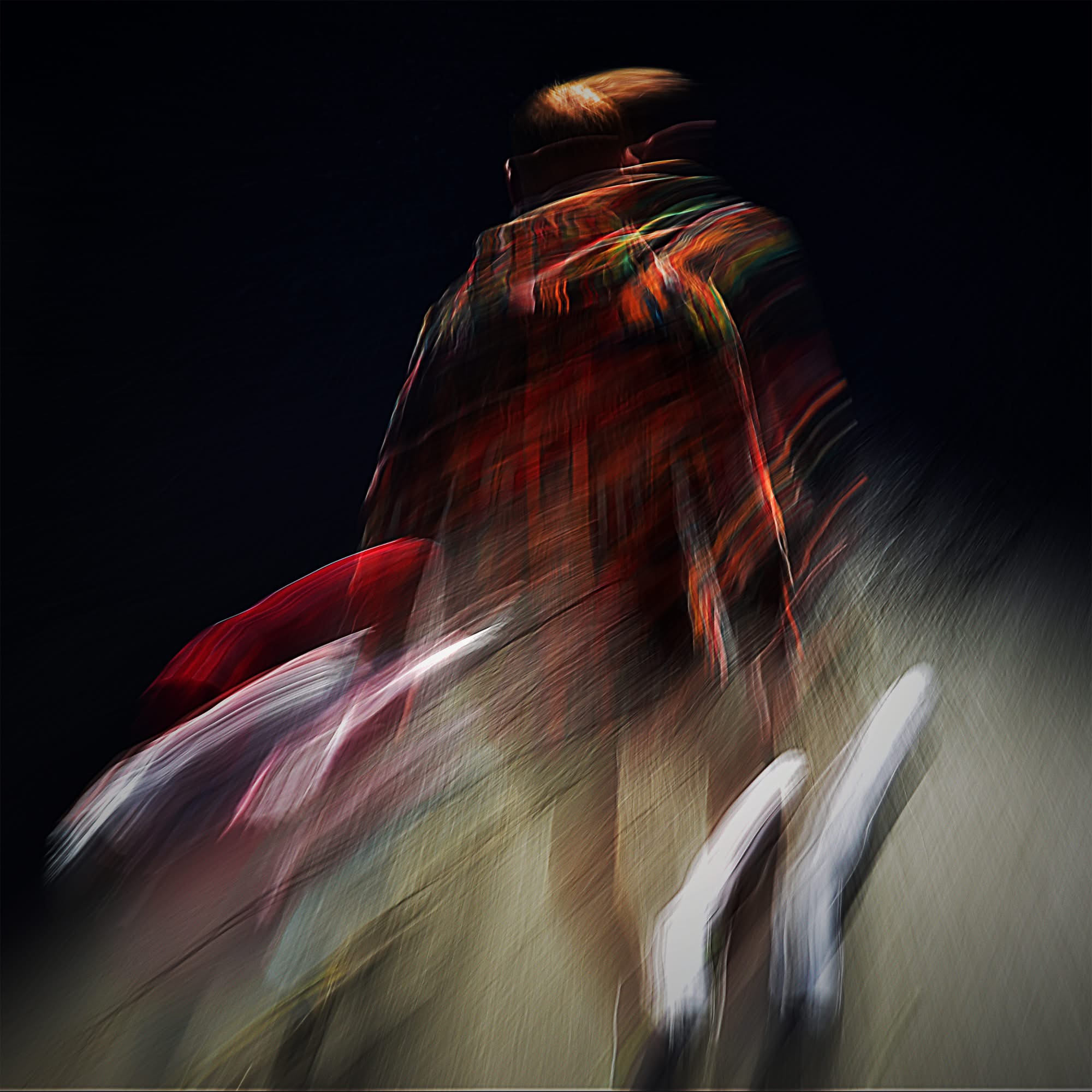
“Many people, including some professional photographers, have praised my work and often encouraged me to exhibit to a wider audience. I do not consider myself a professional photographer or even a talented amateur. Taking pictures is a pleasure, and when people like my work, I’m happy. My wife is my best critic. I have two sons, both Academy graduates, one in Fine Arts and the other in Physical Education, and I have three beautiful grandchildren. What more could I want?”
So, if you were to be given the opportunity to exhibit or be published in London, New York, Paris, or Berlin?
“Of course. I would be the happiest man. And I’d love to exhibit some of my work and get published. Who wouldn’t? I’ll get my wife working on that”, he said, as I took more of my ‘ordinary’ pictures of him.
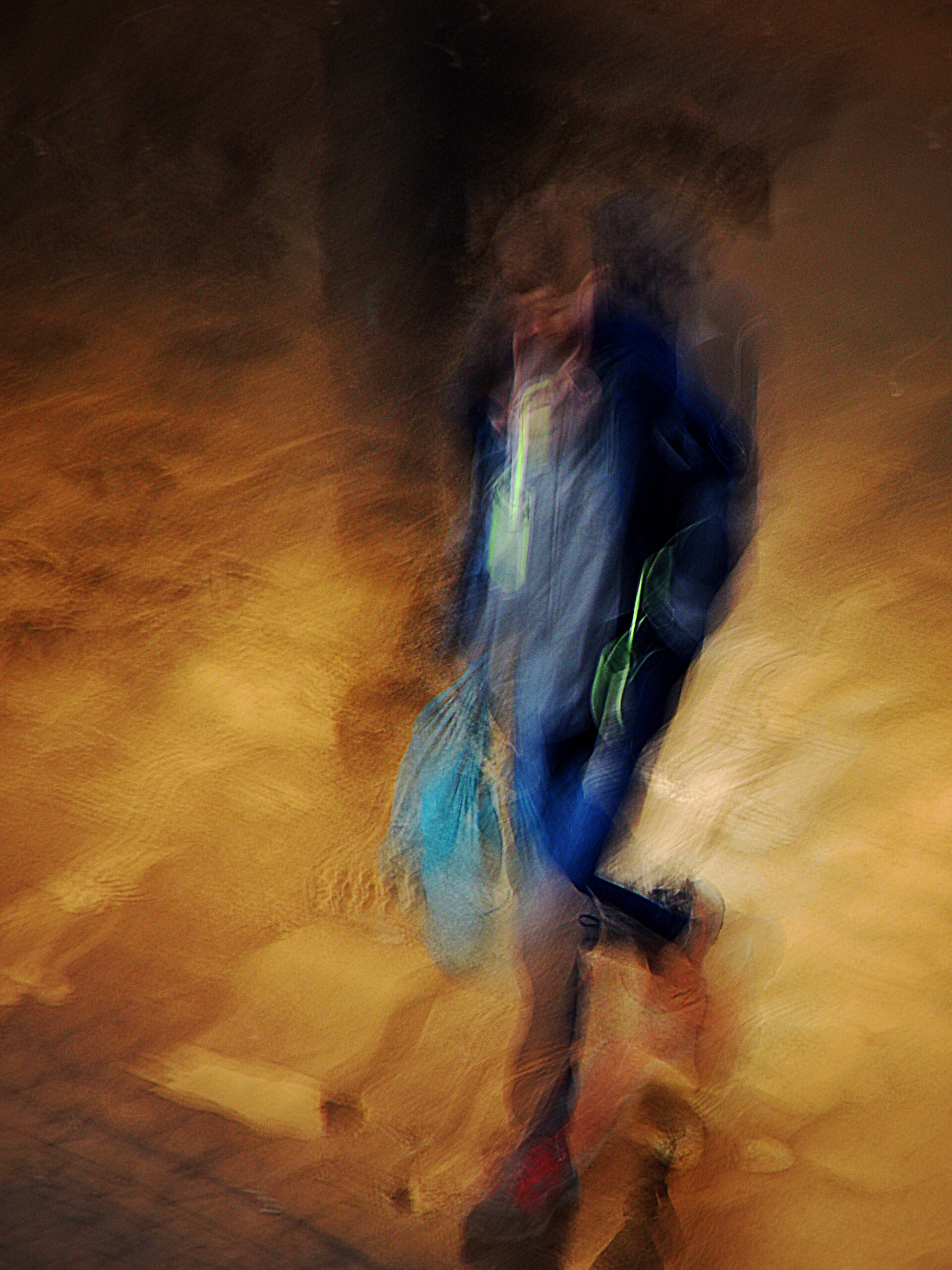
Asked if he had anything else to add, he said:
“Photographing people in the street has become a commitment to myself. Previously, it was a search for peace (not to be confused with relaxation), an escape from stress, switching off the present. I photograph, therefore I am. And when I receive a distinction in the form of an opinion that the viewer also feels something when looking at my photographs – do I need more?”

© Peter Baylis
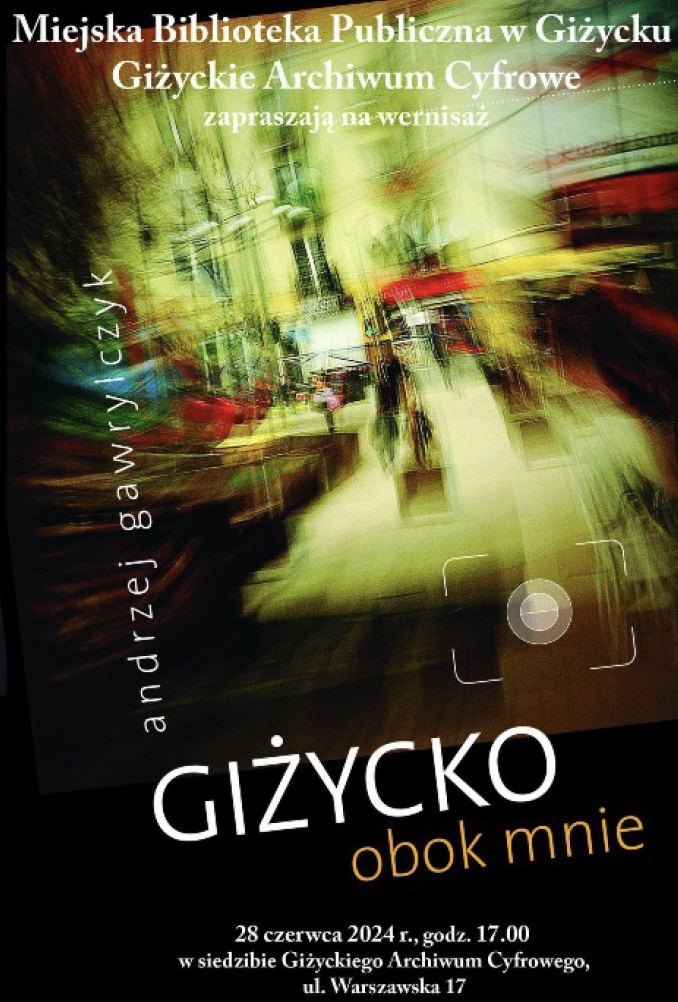
ANDRZEJ B. GAWRYLCZYK
ABOUT THE AUTHOR
Before being released into the world, Peter Baylis‘s career Guidance teacher offered him an apprenticeship in engineering at Vickers. Peter was polite but firm; he was going to be a photographer. Over the next three years, he worked in labs, studios, and picture agency darkrooms, sometimes for two companies in the same day. From news pictures published in Fleet Street, he earned his press card and freelanced snapping film and music celebrities, politicians, and portraits. In the 80s, it was commercial, industrial, and financial bookings.
2001 saw a change when the local Borough Commander dared Peter to join the Metropolitan Police and bring his Fleet Street skills to develop ‘good news’ stories about local policing (“best job I ever had”). Today, in his 70s, Peter still snaps pictures, gives free advice to students starting their careers, and keeps his eyes and pen on emerging talent.

